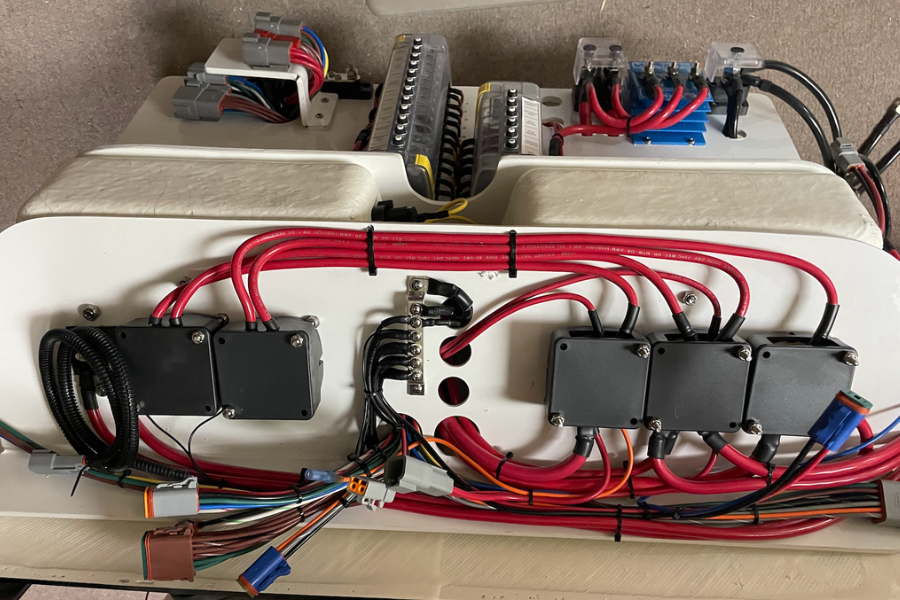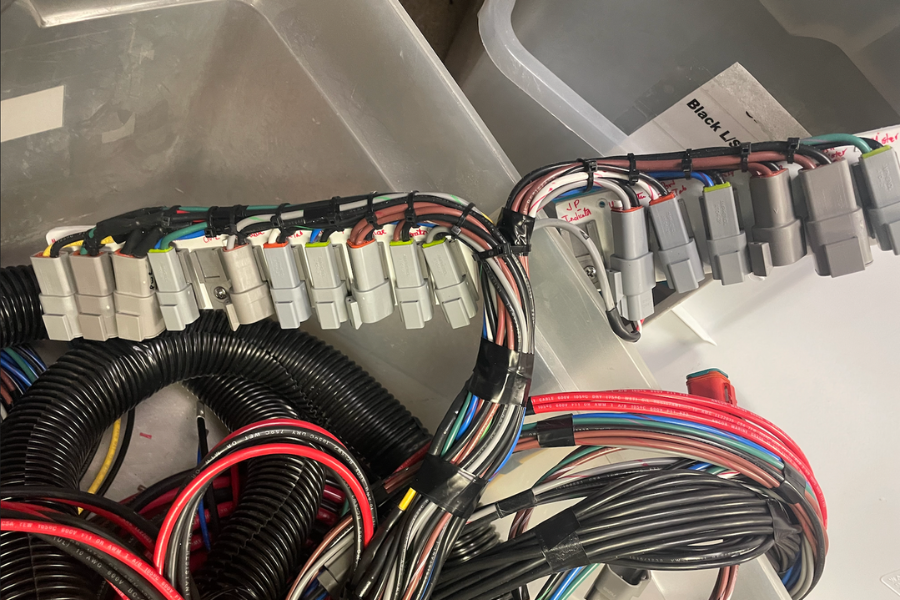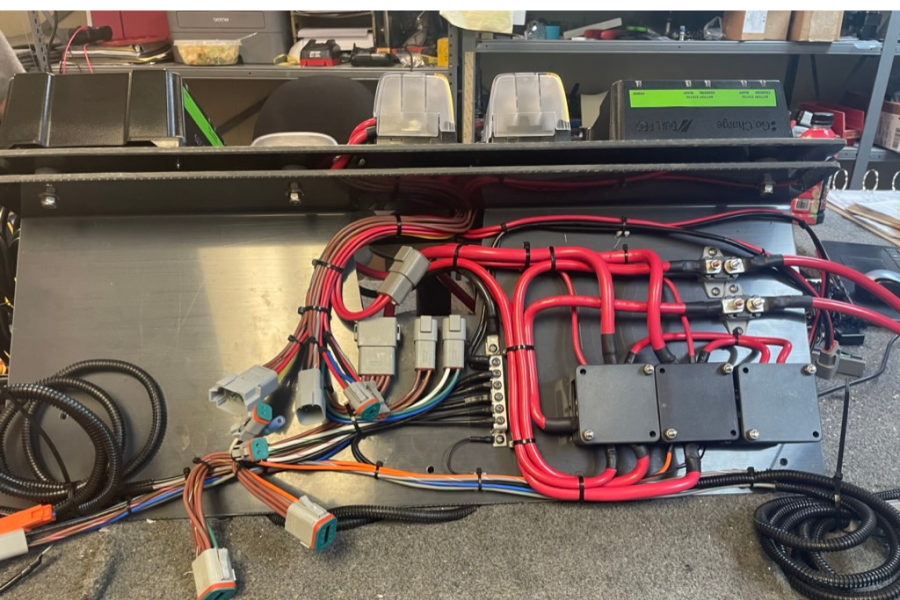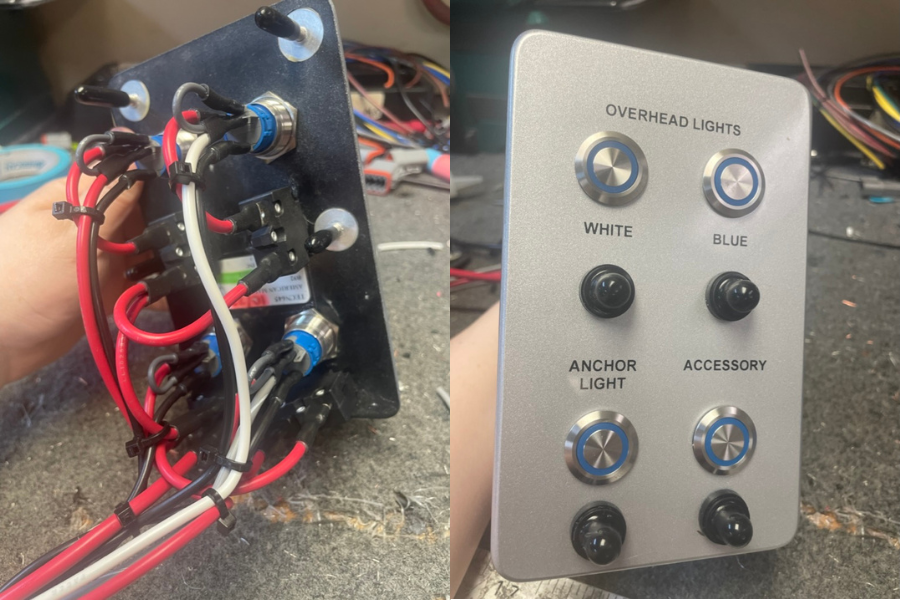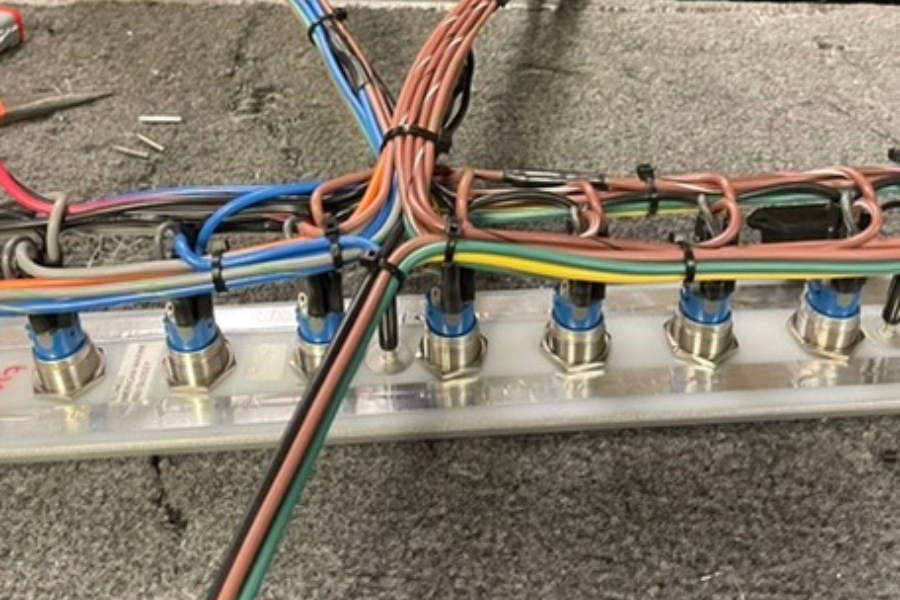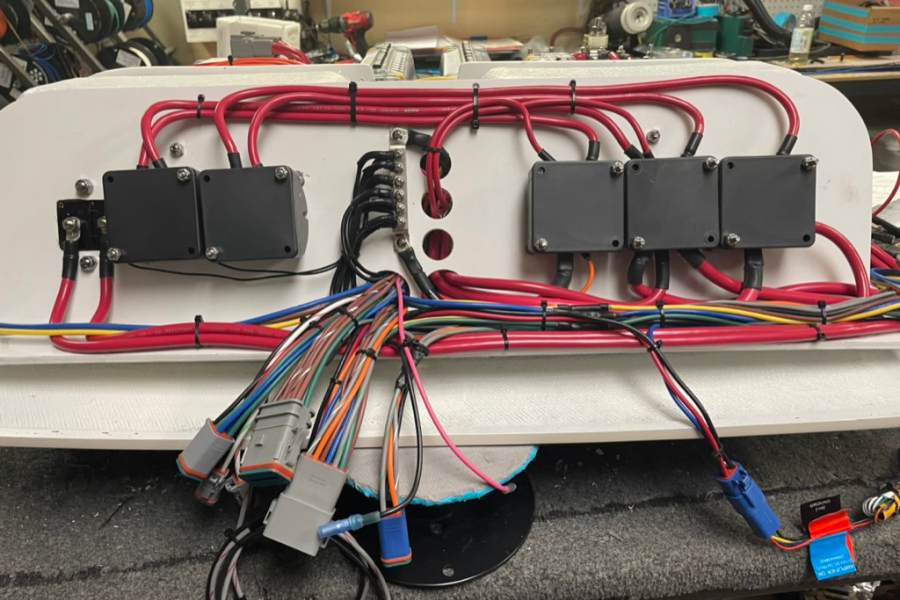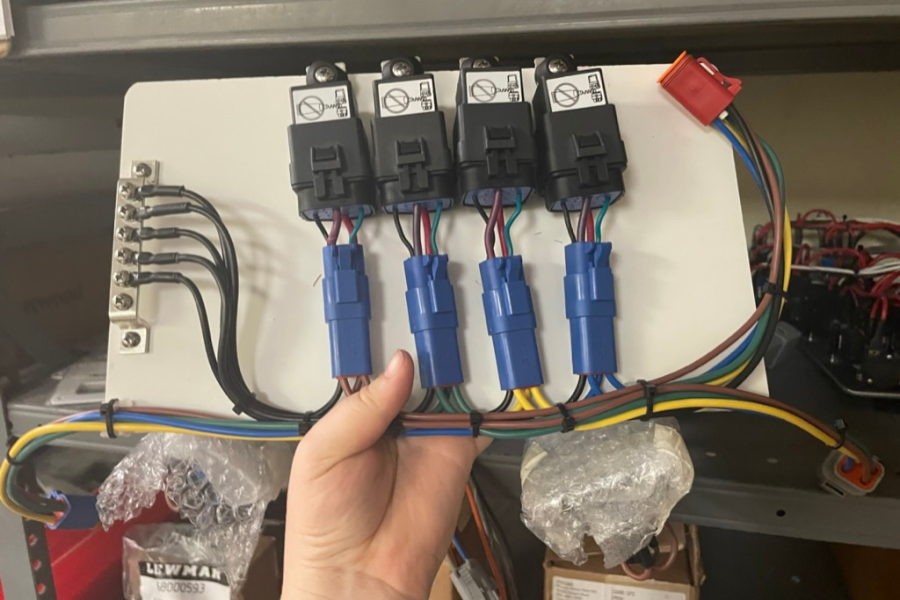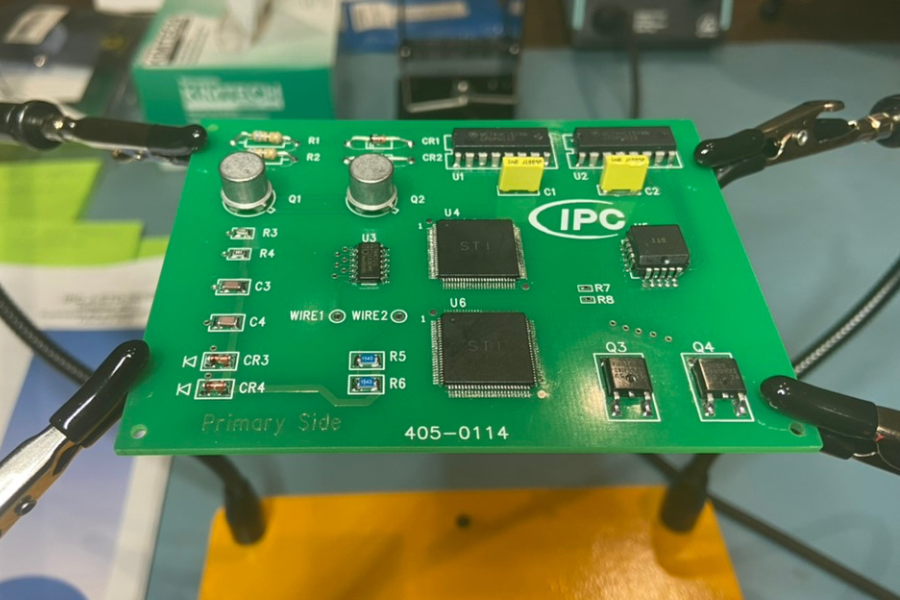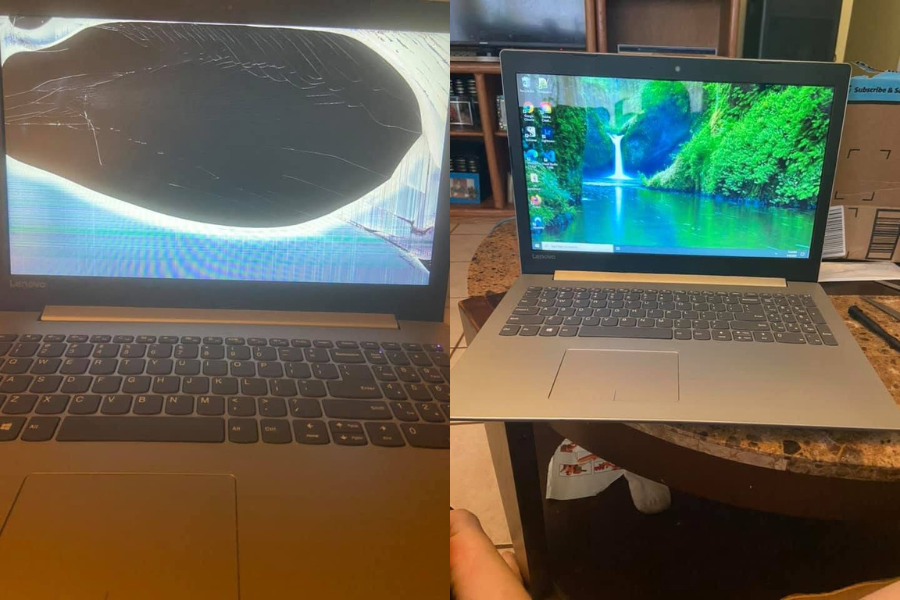Heidi Thompson
407-640-4967
emersonxadelaide@gmail.com
Webster, Florida

407-640-4967
emersonxadelaide@gmail.com
Webster, Florida

I'm a passionate and endlessly curious technology enthusiast with a mission to understand everything — from the flow of electrons in a circuit to the elegant logic behind code. Whether I’m soldering components, dissecting memory architectures, or designing user interfaces, I approach each task with wonder, precision, and a desire to learn deeply.
My journey into tech has been anything but shallow. I’m not content with surface-level knowledge — I thrive on nuance, and I ask questions that most people don’t think to ask — because that’s how real understanding begins.
I believe technology is more than just tools and specs — it’s a language, and I want to be fluent in every dialect: from backend to bare metal, from front-end finesse to low-level logic. I'm building a foundation that spans hardware and software, design and diagnostics, creativity and computation.
I'm currently growing my skillset across:
My goal? To become the kind of technology generalist who can talk semiconductors with an engineer, solve real-world problems with end users, and build systems that are not only functional — but beautiful.
Sumter County School Board
January 2025 - Current
Responsibilities
Sumter County School Board
August 2023 - December 2024
Responsibilities
American Marine Sports
August 2021 - August 2022
Responsibilities
Lockheed Martin
February 2021 - June 2021
Responsibilities
Target
October 2017 - October 2020
Responsibilities
HealthFair
March 2016 - September 2017
Responsibilities
Hobby Lobby
July 2011 - May 2014
Responsibilities
Sunshine Village
Valencia College of Advanced Manufacturing, Orlando, Florida
Electronic Board Assembly
Graduated in February 2021



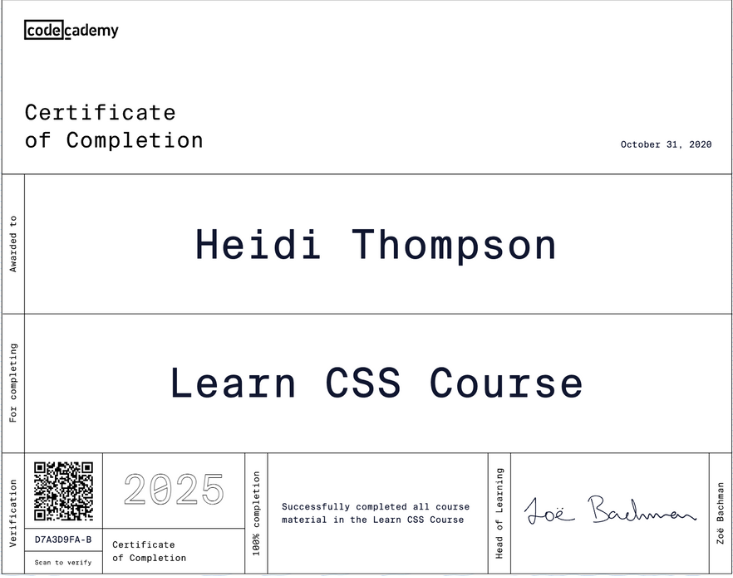
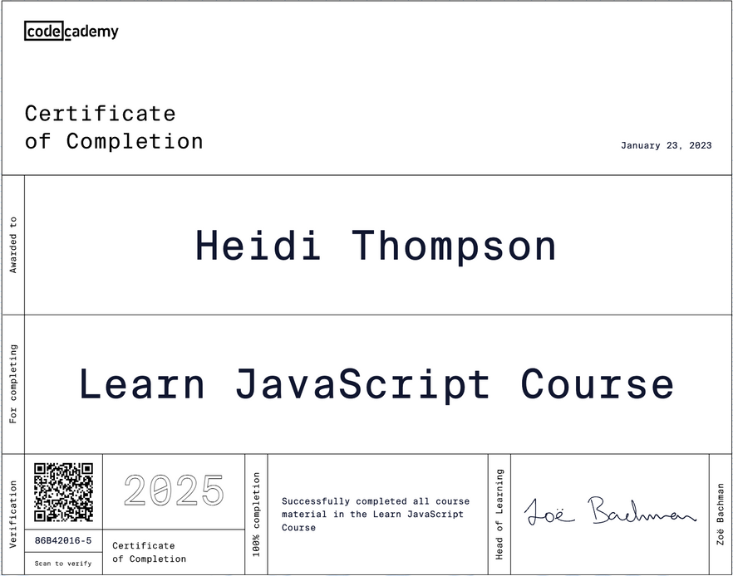
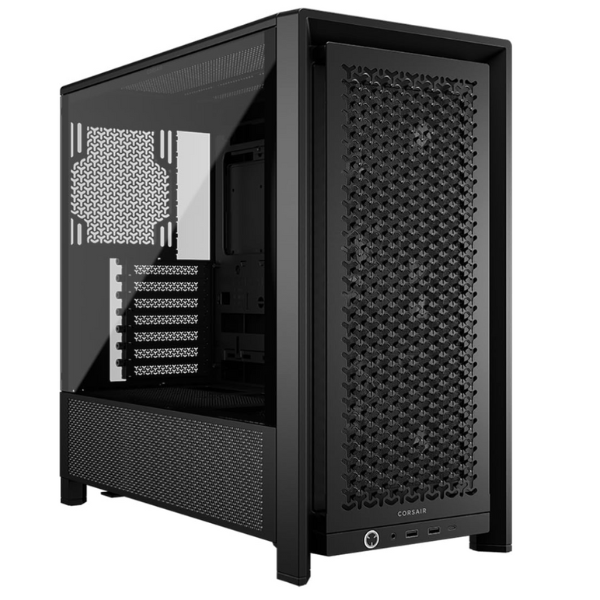
I chose this case for its excellent balance of airflow performance, ease of cable management, and understated design. The front mesh panel allows for optimal ventilation, making it ideal for high-performance builds. Its tool-less design and spacious interior made installation straightforward—even for larger GPUs or future upgrades. I opted for a non-RGB version because I don't care about all of that and I'm not a 14 year old boy.
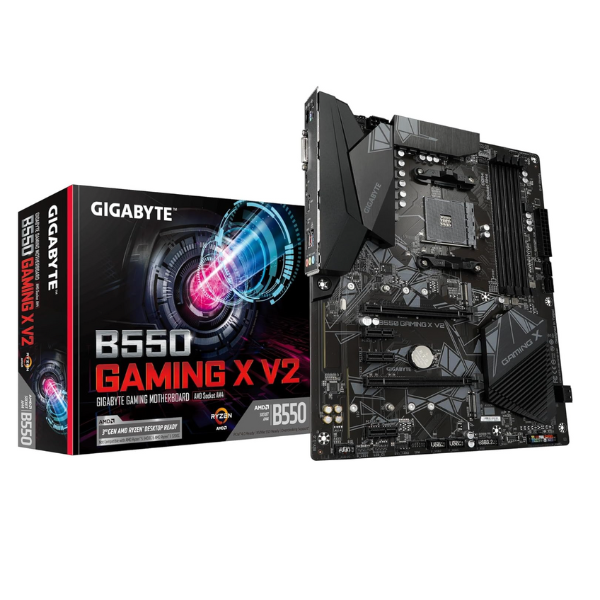
This board checked all my boxes without going over budget. It supports Ryzen 5000 series CPUs, has two M.2 slots for fast storage, and plenty of room for expansion.
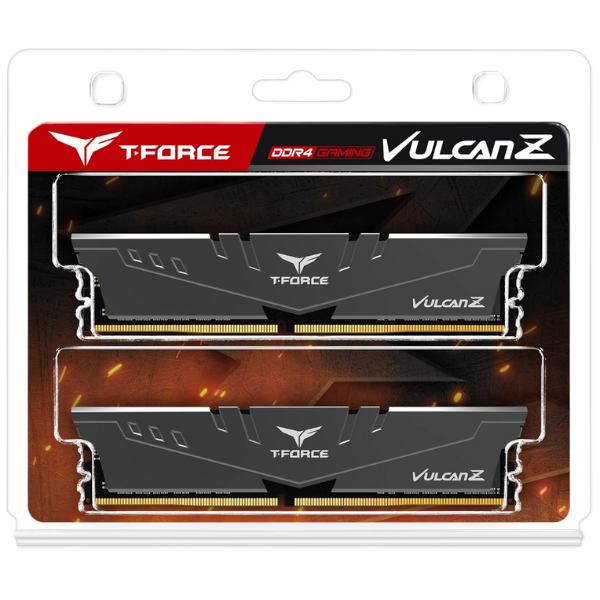
I picked this 16GB kit for its great balance of speed and value. With a clock speed of 3600MHz, it’s more than capable of handling my current workflow—everything from playing mod-heavy games like Ark Survival Ascended and Skyrim to running lightweight Blender renders and managing coding environments in VS Code. Down the line, I plan to upgrade to 32GB (2x16GB) to better support future goals like running virtual machines, training local LLMs, and diving deeper into animation projects in Blender. For now, this kit gets the job done smoothly without breaking the bank.
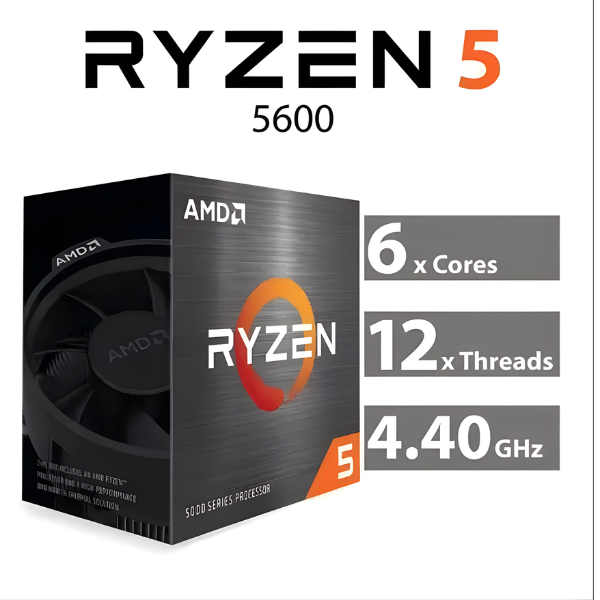
This mid-tier CPU was a perfect fit for my build— offering an excellent balance between performance and price. With 6 cores and 12 threads, it handles multitasking smoothly whether I’m gaming, coding in VS Code, or tinkering in Blender. It’s also a great entry point for light virtual machine work and AI experimentation, which I plan to scale up over time. I stuck with the included Wraith Stealth cooler for now, since it’s perfectly adequate for stock performance. Down the road, I may upgrade to an aftermarket cooler if I decide to overclock or push heavier workloads, but for now it’s running cool and quiet.
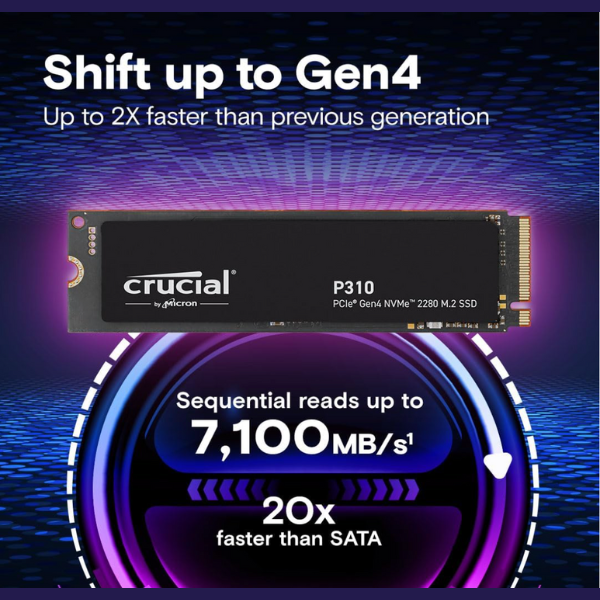
This Gen4 1TB SSD uses Host Memory Buffer (HMB) instead of onboard DRAM, which helps keep the cost down. Since I’m using it as my OS/boot drive, the slightly slower sustained speeds weren’t a big concern. I also added a low-profile aluminum heatsink to help manage thermals and keep things running smooth.
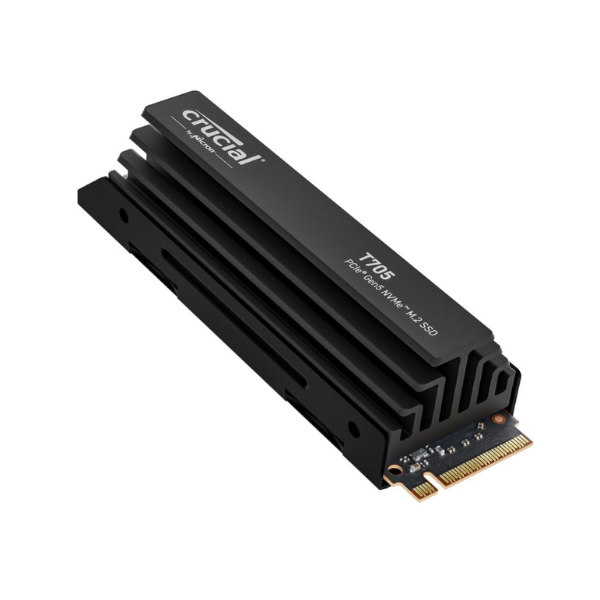
This high-speed Gen5 4TB SSD includes onboard DRAM and reaches read speeds up to 14,100 MB/s. I’ve partitioned it into two 2TB volumes—one dedicated to gaming, the other reserved for future projects like Blender animations, virtual machines, and LLM tinkering. Down the line, I may upgrade my 1TB boot drive and move game storage there, freeing up this full 4TB for expanding project needs.
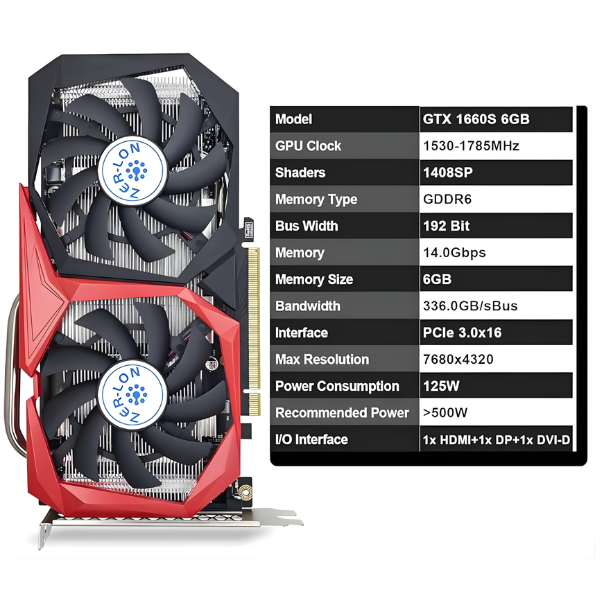
I picked this card as a reliable mid-tier option that hits the sweet spot between performance and affordability. It handles 1080p gaming smoothly across titles like ARK: Survival Ascended, Skyrim, and No Man’s Sky, and supports basic 3D rendering and video editing without breaking a sweat. While it’s not ray-tracing capable, the GDDR6 memory and dual-fan cooling keep things efficient and quiet. I may upgrade later depending on the demands of Blender or LLMs, but for now it does exactly what I need it to do — without bottlenecking the rest of my build.
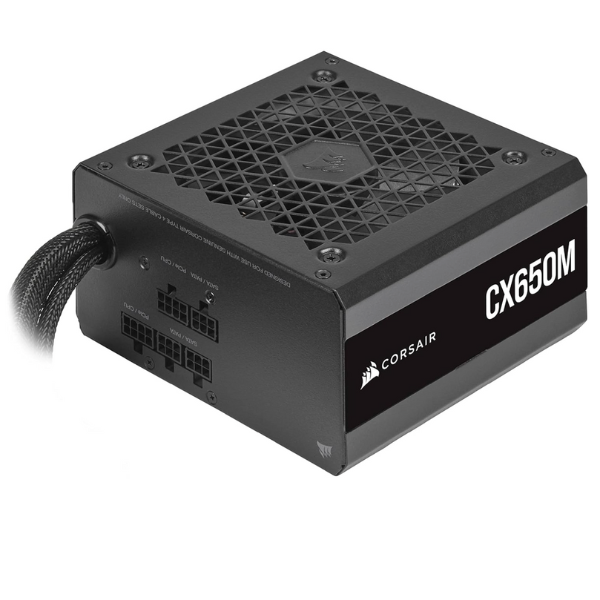
Reliable, quiet, and budget-friendly. 650 watts gives me enough power for my current setup with room to grow. Semi-modular cables made the build cleaner and easier.
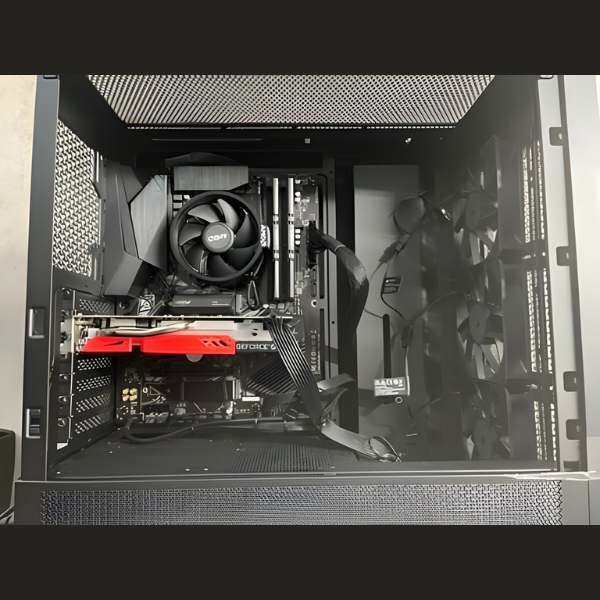
This site was built as both a creative outlet and a professional portfolio, heavily influenced by the bold, high-contrast aesthetics of neo-brutalism—with my own spin on color, layout, and texture. I prioritize interactivity, responsiveness, and clean structure, ensuring the site performs well across devices while staying visually engaging. The project was developed locally using Visual Studio Code, and built entirely from scratch with HTML, CSS, and JavaScript—no templates or frameworks. Features like dynamic galleries, and section toggling were all implemented with vanilla JS to maintain full control and minimal overhead. Once development was complete, the site was deployed to GitHub Pages, providing a fast, free, and version-controlled hosting solution. To elevate the presentation, I secured a custom domain name and configured it to point to the GitHub Pages environment. This required modifying DNS settings, including adding a CNAME file to the repo and updating A records through my domain registrar’s DNS panel to align with GitHub’s IP addresses. After propagation, the custom URL seamlessly integrated with my GitHub-hosted content.
